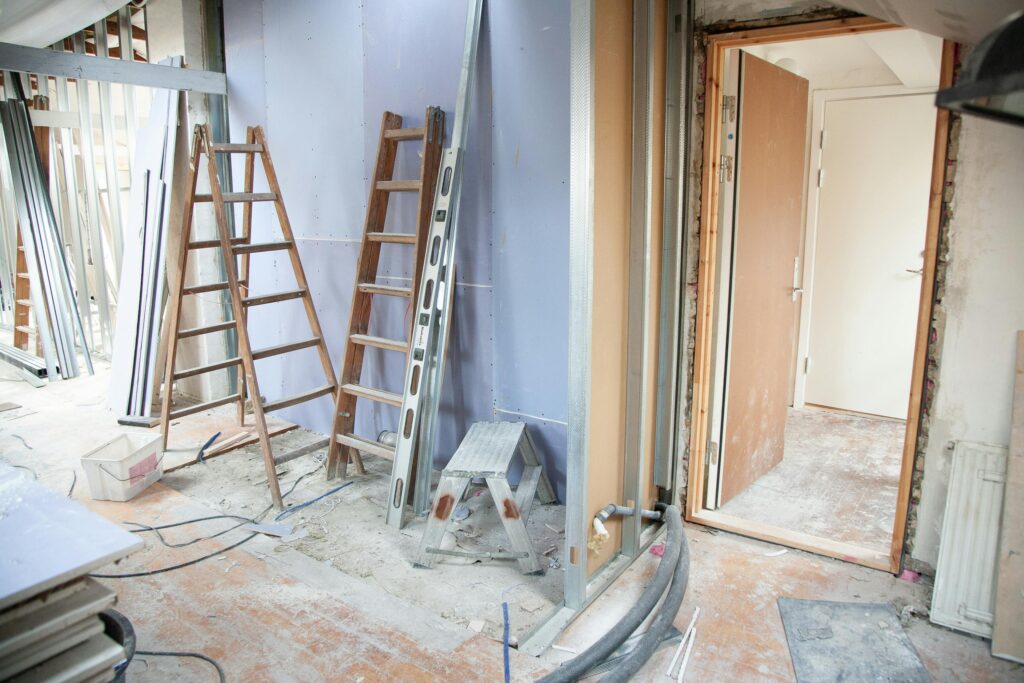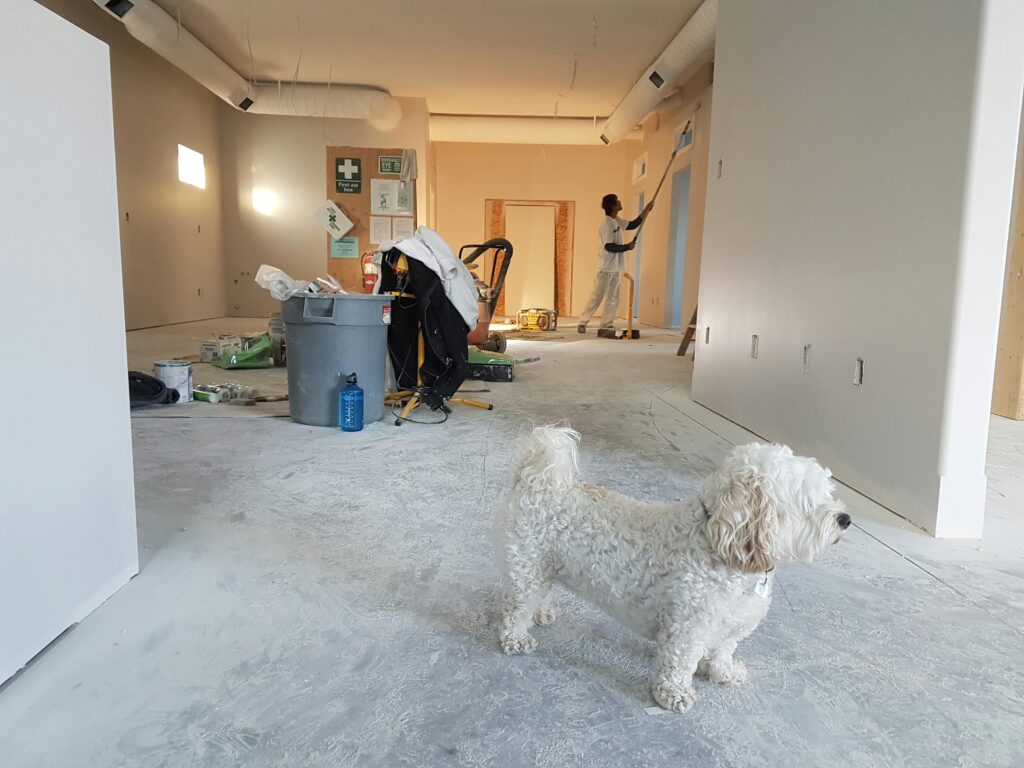Discover what home improvement means and why it matters. This quick guide covers popular renovation types, practical tips, and the lasting benefits of upgrading your home.

Home improvement simply means making changes or upgrades to your home to make it more comfortable, useful, and valuable for you and your family.
Your home should feel like a place you truly belong—not just four walls and a roof. Yet many people live with outdated spaces or worn-out features, thinking home improvement is too expensive or overwhelming.
The truth? Small, well planned upgrades can completely transform your space without draining your savings.
Home improvement isn’t just about fixing things—it’s about reshaping your environment to meet your needs, reflect your style, and boost daily comfort.
Whether your goal is to raise your home’s value or simply make it more inviting, the right upgrades can dramatically improve your quality of life.
In this guide, we will explore why home remodeling matters, types of home improvement, and give you practical steps to begin your renovation journey.
Home improvements are not only about visual appeal. They influence energy savings, household efficiency, and overall well-being. Below are key reasons why upgrading your home can make a real difference:
Boosts Property Value
Renovating with purpose can increase the market value of your home. Buyers are more likely to be drawn to homes with modern kitchens, upgraded bathrooms, and smart energy-saving features. Strategic upgrades often lead to better returns if you decide to sell.
Improves Daily Function
Your home should reflect who you are. From fresh wall colors to custom woodwork, thoughtful changes allow you to personalize your space and make it feel truly yours.
Reduces Energy Costs
Energy-efficient upgrades—like adding insulation, replacing windows, or installing high-efficiency appliances—can cut utility bills while making your home more comfortable year-round. These changes also support eco-friendly living.
Reflects Your Style
Your home should reflect who you are. From fresh wall colors to custom woodwork, thoughtful changes allow you to personalize your space and make it feel truly yours.
Enhances Comfort and Safety
A safer, more comfortable home is priceless. Replacing outdated wiring, upgrading HVAC systems, or reinforcing structures ensures peace of mind while also creating a cozier environment.

There are many ways to improve your home, from small upgrades to full-scale renovations. Below are some of the most popular improvement categories homeowners choose today.
The kitchen is often the most used room in the home. It is where meals are made, guests gather, and families spend time together. Common kitchen improvements include:
A well-planned kitchen remodel often provides one of the best returns on investment.
Upgrading your bathroom can improve comfort and add significant value to your property. Options range from quick fixes to full redesigns:
These changes can make a big difference in daily comfort and future resale value.
The floor sets the tone for each room. Changing your flooring can refresh the entire feel of your home. Popular flooring choices include:
Modern flooring options are not only stylish but also easier to clean and maintain.
Curb appeal plays a big role in how your Home improvement is perceived from the outside. Consider these updates:
These changes boost the appearance and usefulness of outdoor spaces.
Cutting energy use is a goal for many homeowners. These upgrades help reduce costs and support a sustainable lifestyle:
Energy-focused improvements often pay for themselves over time through lower bills.

Finishing underutilized areas, such as basements or attics, can unlock valuable living space. Ideas for converted spaces include:
These projects require more planning and budget, but the added livable space is a big reward.
If you are ready to enhance your home, here is how to get started:
Evaluate Your Needs and Set a Budget
Begin by thinking through what your Home improvement is missing. Is your kitchen outdated? Do you need more storage? Prioritize your needs and set a budget that aligns with your goals.
Make a Clear Plan
Sketch out what you want. Gather design ideas, list materials, and consider colour schemes or finishes. If the project involves structural changes, consulting a professional may be worth the investment.
Know When to Hire a Pro
Some jobs, such as plumbing or electrical work, require licensed professionals. Always check references, compare quotes, and ensure that contractors are insured and have the necessary experience.
Weigh DIY vs. Professional Work
Simple jobs, such as painting, installing shelves, or changing light fixtures, are great for do-it-yourselfers. Bigger jobs—such as full kitchen remodels—often require expert help. Be honest about your skill level and the time commitment you can make.
Check for Permits
Before starting major renovations, contact your local building office to see if permits are required. Failing to follow this step can result in costly fines or rework.
Start and Stay Organized
Once you have your plan, team, and materials, get to work. Keep a timeline, track your budget, and stay flexible in case of delays.
While renovations require time, energy, and resources, the results are often well worth it:
Better Comfort: You enjoy your space more when it works for your lifestyle.
Energy Savings: Smart upgrades lower bills and promote efficient living.
Pride of Ownership: Making your home better is personally satisfying.
Increased Value: Whether you stay or sell, improvements strengthen your investment.
Upgrading your home is one of the most practical ways to improve your living experience. From simple touch-ups to major transformations, every improvement adds value, comfort, or style to your space. By making wise choices and planning, you can turn your house into a place that truly feels like home.
Whether you want to update your kitchen, create more space, or lower your energy costs, there are countless ways to bring new life into your living environment. Your home is more than just walls and a roof—it is where your life unfolds. Make it the best it can be.

Decorapick was founded by someone who truly understands home improvement—not just as a business, but as a passion. The owner has years of hands-on experience transforming homes, one detail at a time. From choosing the right decor to maximizing small spaces, their goal is simple: help people fall in love with their homes again.
© 2025 Decorapick